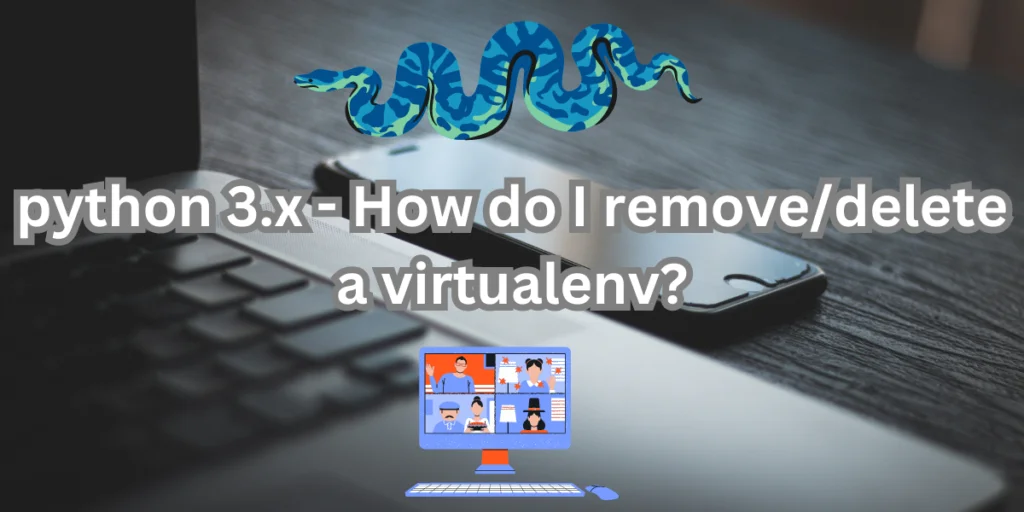In Python, you can create as many virtual environments you want. Virtualenvs are environments which are created by the user to keep their projects separate from one another.
You might ask, “But, why would I need a virtualenv? I can create python projects as it is!” While that is true for simple projects, but suppose you’re making an application for android phones using Python version 3.9 . Now you will need a bunch of libraries that are compatible with this version in your local system. You download all of those and start making your app.
But, you have also been asked you to develop a web application using python 3.11. Now, you cannot upgrade Python in your local system because that version is already required for another app. This could lead to repeated errors in your applications when switching between the two, as the packages might have conflicting dependencies depending on the active Python version.
This is the reason why a virtual environment is important. A virtual environment allows you to use multiple versions of the same package for separate projects.
During complex software application developments, or when creating APIs, you need to isolate your projects from one another using a virtual environment.
In this article, we will take a look at how to remove unwanted virtualenv from your system.
Understanding Virtual Environments in Python
A virtual environment in Python is a self-contained directory tree that includes a Python installation and multiple packages. This isolated environment ensures that actions within it do not affect the broader system.
In other words, inside a virtual environment whatever Python version or modules or libraries, or packages are being used, are independent of any outside influence from your system. All the code that you write inside a virtual environment for a particular project, will stay and run according to specified versions and commands irrespective of the code you’ve written for other projects that may have been otherwise conflicting.
This is similar to performing experiments in labs, where the conditions are controlled and the environment is different for every different experiment.
Inside virtual environments, you do not require admin privileges to download certain packages.
Also check out: ChatGPT Can Be Your Personal Assistant to Python Coding.
Step-by-Step Guide to Deleting a Python Virtual Environment
To delete your virtual environment, follow the step-by-step guide a given below:
If you’re using anaconda, you can use the conda list command to list all of your virtual environments.
If you’re not using conda, you can create a virtual environment in the following way by running the command in cmd.
py -m venv ourenv
To activate your environment, run the following command again in your command prompt.
.\ourenv\Scripts\activate
If you see something like this : (ourenv) C:\Users\SHREYA> It means your environment is currently active.
To deactivate it, run deactivate. The next line will go back to your default directory.
Now, run the following code to completely remove your virtual environment from your system on Windows.
rmdir ourenv /s /q
On Linux and macOS, it’ll be:
rm -rf env/
Now, if you try running the activation command again, it will shown you that the system cannot find the specified path.

Related: Activating a Virtual Environment in Windows 10 Command Prompt.
Conclusion
In this article we have seen what a virtual environment is and what kind of problems it can solve. A virtual environment prevents you from wasting your time on unnecessary and distracting conflicts that may arise due to mismatched versions of Python packages and dependencies. With the help of Virtual environments, you can work on multiple projects all at once while using different versions of the same libraries depending upon your requirements. It is also very easy to remove or deactivate virtual environments from your computer using the command prompt or the Venv module.
